WASHINGTON — Less than 24 hours before the U.S. completed its withdrawal from Afghanistan, the Taliban stopped a bus headed for the Kabul airport and forced all the passengers off, saying the bus might be rigged with explosives and that it had two possible suicide attackers on board, according to the account of a U.S. citizen who was on the bus.
The U.S. citizen, whose name NBC News is withholding for security reasons, was on the bus with his six daughters Sunday when Taliban fighters stopped it at the Panjsher Pumping Station just outside the airport, two people familiar with the account said. The Taliban told everyone to get off.
The U.S. citizen and his daughters hid in a nearby drainage ditch until the Taliban gave them the all-clear.
“The Taliban were absolutely instrumental,” said a senior congressional aide familiar with the account. “Without pulling that bus over, there could have been an attack at the airport that could have killed people, including Americans.”
The Defense Department has said the U.S. military worked with the Taliban to help Americans and Afghan nationals leave. But the level of coordination and assistance went well beyond what Pentagon leaders have said in public, three senior U.S. defense officials said.
For more than a week, militants who fought the U.S. for two decades drove Americans through checkpoints, cleared streets so Americans could pass safely and even carried luggage to the airport gates, the officials said. They may have also prevented some attacks, officials said, although the three senior defense officials were unfamiliar with the bus incident.
“The Taliban had been very pragmatic and very businesslike as we approached this withdrawal,” Marine Gen. Frank McKenzie, the commander of U.S. Central Command, said Monday hours after the last U.S. troops left Kabul. “I do know this, just speaking purely practically, as a professional, they helped us secure the airfield. Not perfectly, but they gave it a very good effort, and it was actually significantly helpful to us, particularly here in the end.”
While many Americans passed through Taliban checkpoints, there were also reports that some Americans and Afghans were beaten and turned away by the Taliban.
The close coordination happened because both sides wanted U.S. troops to leave — and because they share an enemy: the Islamic State terrorist group, better known as ISIS. An ISIS-K fighter exploded a suicide vest Thursday outside the Abbey Gate on the southeast side of the airport, killing 13 U.S. service members and dozens of Afghan civilians.
Eager to assert their control over the country, the Taliban made it clear to the U.S. that they did not want ISIS-K fighters to gain access to the airport.
At a briefing Thursday after the attack, McKenzie said he believed the Taliban had prevented some attacks and that the U.S. had been sharing some information with them. “They don’t get the full range of information we have,” he said. “But we give them enough to act in the time and space to try to prevent these attacks.”
With the U.S. gone now, “I do believe the Taliban is going to have their hands full with ISIS-K,” McKenzie said, adding, “And they let a lot of those people out of prisons, and now they’re going to be able to reap what they sowed.”
A text message
The cooperation was launched during a meeting with the Taliban leader, Mullah Abdul Ghani Baradar, in Doha, Qatar, on Aug. 15. McKenzie said he told Baradar that the U.S. would begin an evacuation mission and defend evacuees if necessary. “While [the Taliban] stated their intent to enter and occupy Kabul,” he said, “they also offered to work with us on a de-confliction mechanism to prevent miscalculation while our forces operated in close quarters.”
McKenzie said he was blunt with the Taliban about what would happen if things didn’t go smoothly, saying, “‘If you challenge us, we’re going to hurt you.'”
Beginning Aug. 21 and continuing until the final hours of the U.S. military presence, the State Department sent a text message instructing U.S. citizens who needed help to meet at one of two locations in Kabul: the Interior Ministry building on the southeast side of the airport or a Taliban command-and-control location on the far west side of the airport. The text included a pass the Americans were meant to show the Taliban to get through Taliban checkpoints and the gate at the airport.
The Taliban would check the passes against a manifest of names — provided by the State Department — of evacuees eligible to be waved through, the officials said.
“The Taliban were essentially processing American citizens,” an official said. Defense officials said the Taliban were not allowed to keep copies of the passes or the list of names and that most people on the manifest were out of the country already.
Once they verified the documents, the Taliban would organize the evacuees into smaller groups and escort them to the airport in intervals, at times blocking off and securing the roads leading to the gates to provide safe passage through crowds that often gathered, the officials said.
The Taliban began escorting Americans, third-country nationals and some Afghan citizens on Aug. 21 after large crowds began massing around the airport gates, the officials said. Both meeting locations were close to gates staffed by U.S. troops, allowing the military to observe the Taliban actions from inside the walls, the officials said.
Thousands of Afghan civilians trying to enter the airport blocked access to the gates, often making it too dangerous for Americans to pass through. After coordinating with the U.S., the Taliban pushed back the crowds and cleared the way for small groups of Americans to enter the gates.
The U.S. also encouraged the Taliban to push the checkpoints farther away from the airport, which helped disperse the large crowds at each gate. The Taliban continued securing the roads around the gates until the U.S. military had withdrawn.
A U.S. official described the Taliban as being “very cooperative.” Just weeks earlier, the U.S. had been conducting airstrikes on Taliban positions.
The family that was on the bus with the alleged explosives, however, still hasn’t been able to leave.
Rep. John Garamendi, D-Calif., said he believes the U.S. will work with the Taliban in the future.
“There’s been coordination and communication with the Taliban for several years,” he said. Garamendi said the U.S. needs to maintain diplomatic and military relations with the Taliban because Americans and Afghans still need help leaving the country and because of the persistent threat from terrorist groups like ISIS-K and Al Qaeda.
Garamendi said his office has helped several hundred U.S. and Afghan citizens safely out of Afghanistan over the past few weeks. He said he is hopeful the Taliban will continue to help people get out. “I suspect they intend to be a different government,” he said.
Despite the coordination during the evacuation, however, none of the three senior U.S. defense officials believe the Taliban will become a partner, and all expressed skepticism that the Taliban had changed their brutal ways.
“This is not a new Taliban,” one of the officials said. “They have a long way to go to build confidence with the U.S.”
McKenzie said Monday: “I can’t foresee the way future coordination between us would go. I would simply say that they wanted us out, we wanted to get out with our people and with our friends and partners. And so for a short period of time, our issues, our view of the world, was congruent, it was the same.”

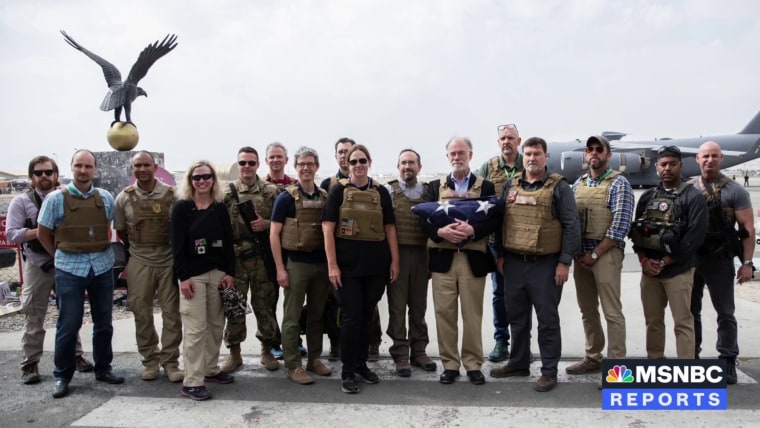
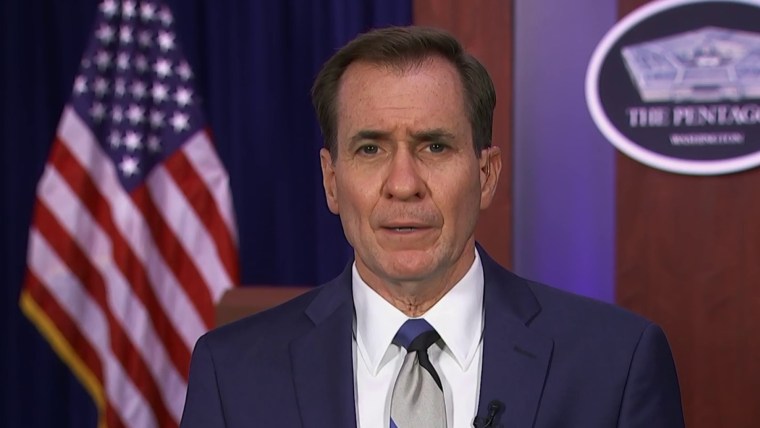
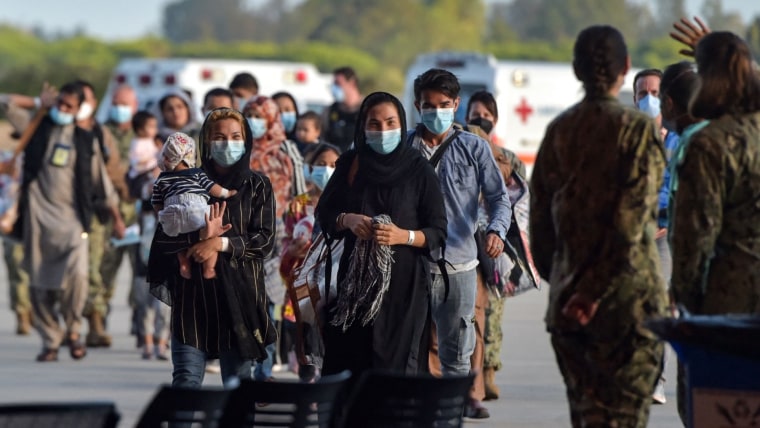
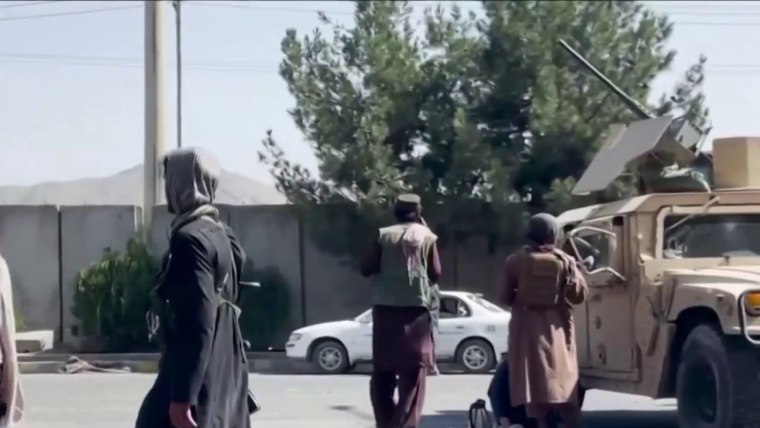
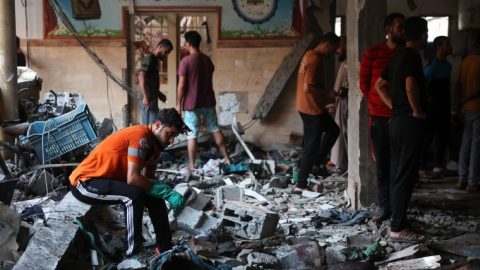
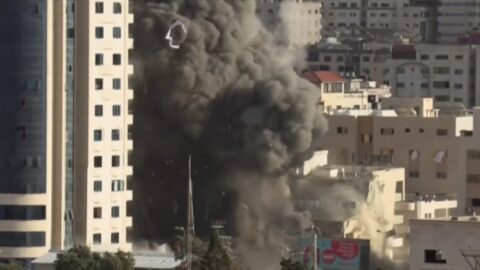
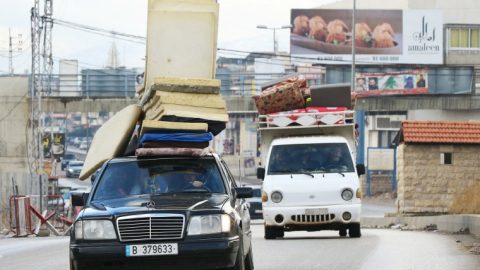
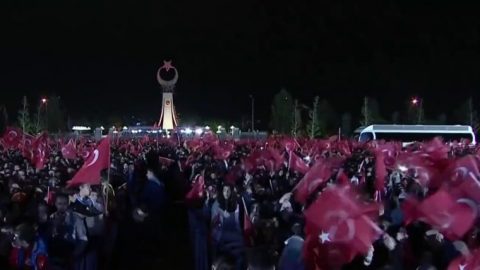

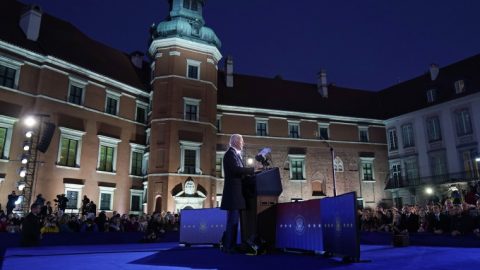
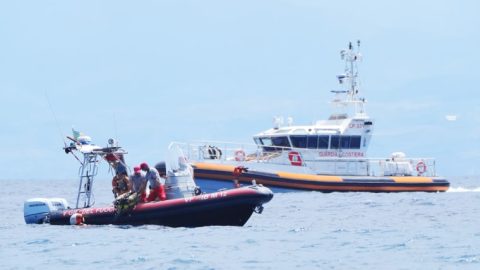
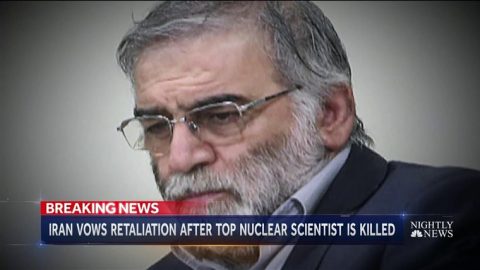
Recent Comments